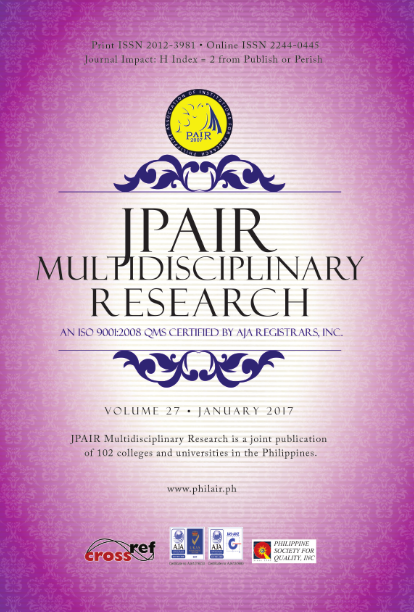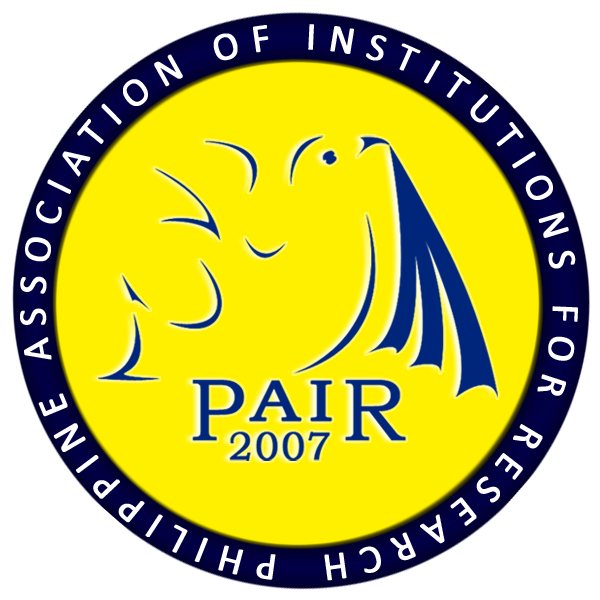Women in Engineering Careers: Does Parental Income Affect their Work Values?
DOI:
https://doi.org/10.7719/jpair.v27i1.458Keywords:
Social Science, engineering education, women engineers, work values, parental income, descriptive-survey, PhilippinesAbstract
Engineering is one of the male dominated careers, however, there is an increasing women entry into the engineering profession in the Philippines. Scholars have reported numerous factors on women entry in engineering careers such as rewarding work opportunities, interest, and talent in science and mathematics, etc. This different reason led women to enter into engineering career which is worthy of study. The study assessed the effects of parental income on work values of women in the engineering profession. A descriptive survey research designed was used, 39 respondents were purposively selected from various Engineering programs (civil, mechanical, electrical, computer, electronics, marine engineering, and environmental and sanitary). The study utilized One way MANOVA with post hoc analysis. Results showed that the respondents have "moderate" intellectual achievement orientations, interpersonal, and occupational work values and they had "weak" familial, managerial, and material work values. Further, the computed One way MANOVA reported that parental income affects the intellectual-achievement orientation, interpersonal, managerial, material, and occupational some work values of women engineers. This report has implication on guidance and counseling practice on career placement of women in the engineering industry.
Downloads
References
Adelman, C. (1998). Women and Men of the Engineering Path: A Model for Analyses of Undergraduate Careers: ERIC.
Downloads
Published
Issue
Section
License
Copyright (c) 2017 Ian I. Llenares, Reallyn J. Llenares, Jay A. Sario

This work is licensed under a Creative Commons Attribution-NonCommercial 4.0 International License.
Open Access. This article published by JPAIR Multidisciplinary Research is licensed under a Creative Commons Attribution-Noncommercial 4.0 International (CC BY-NC 4.0). You are free to share (copy and redistribute the material in any medium or format) and adapt (remix, transform, and build upon the material). Under the following terms, you must give appropriate credit, provide a link to the license, and indicate if changes were made. You may do so in any reasonable manner, but not in any way that suggests the licensor endorses you or your use. You may not use the material for commercial purposes.




















